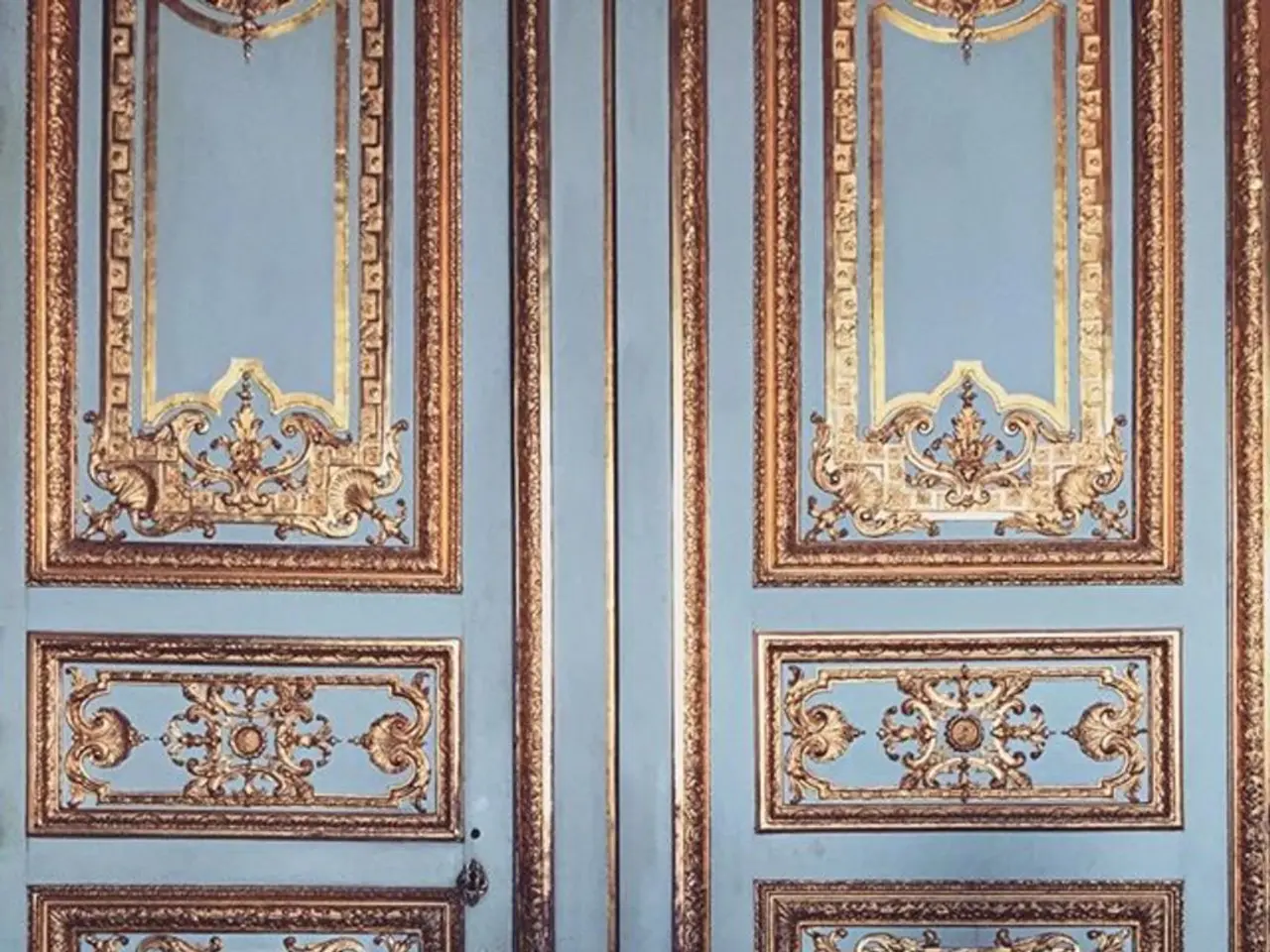Bridging Design Gaps: Navigating Culturally and Geographically Diverse Terrains
The Terrascope Design for Complex Environmental Issues class at MIT is revolutionising environmental design education by fostering collaboration among students from diverse cultural and institutional backgrounds. This unique setup sees students from MIT, Diné College in the Navajo Nation, and the University of Puerto Rico-Ponce (UPRP) working together to address real-world environmental challenges.
The cross-institutional teams combine different perspectives and expertise, with collaboration primarily occurring over Zoom and other online tools. This setup not only presents challenges, such as time zone differences and remote hands-on work, but also offers opportunities for students to gain vital skills in working with people from different cultural backgrounds.
One such student, Cauy Bia, a first-year graduate student in biology at Diné College, initially questioned his ability to work with MIT students. However, he found that this was never an issue. Bia's experience in the class opened up his thought process, allowing him to assess more ideas, voices, and opinions, and appreciate the cultural similarities between Navajo and Puerto Rican cultures.
The class theme for the year was the environmental impacts of lithium mining, with the client being the Nevada Museum of Art. Each team includes students from all three colleges, and they meet with clients online early in the term to understand their needs and work on designing prototypes. During MIT's spring break, teams travel to meet with the clients onsite to get feedback and continue to refine their prototypes.
The class emphasises free-range design engineering, allowing students ample freedom to follow their ideas. It teaches fundamental skills such as iterative design spirals and scrum workflow frameworks. The students' designs are innovative and practical, such as a pendulum with a light affixed to it that illuminates a painting by a Native American artist, aiming to engage visitors with the artwork.
The class also requires students to write personal reflections every two weeks, which helps them appreciate their academic and personal development. Leon, a student in the class, understood the importance of people and engineering, including teamwork, working with clients, and de-centering the project away from personal ideas. Some students from Diné College and UPRP may initially struggle due to perceptions of MIT students as brilliant, but they soon realise their own intellectual capabilities and the value of their backgrounds and experiences.
The class can initially be challenging for students due to the independence it offers and the need for effective communication and collaboration. However, the challenges presented are more than offset by the benefits for students and instructors. Students gain real-world collaboration skills, broadened perspectives, and enhanced empathy and adaptability. Instructors and students alike engage in learning that transcends disciplinary and cultural boundaries, often resulting in transformative educational experiences.
Ari Epstein, an associate director and senior lecturer for Terrascope, emphasises that mastering collaboration across distance and difference is a crucial outcome, potentially more valuable than any single design method taught in the course. By integrating students from distinct institutions and cultural contexts, the Terrascope class at MIT pushes the boundaries of traditional environmental design education to build essential skills for tackling complex global issues collaboratively—while confronting and overcoming significant logistical and intercultural challenges along the way. At the end of the term, students present their final products to the clients, an expert panel, and their communities at a hybrid showcase event held simultaneously on all three campuses.
- The Terrascope Design for Complex Environmental Issues class at MIT is transforming environmental design education, bringing together students from MIT, Diné College in the Navajo Nation, and the University of Puerto Rico-Ponce (UPRP) to collaborate on real-world challenges.
- Cauy Bia, a first-year graduate student in biology at Diné College, initially had doubts about working with MIT students, but found that cultural differences were never an issue.
- Each team in the class includes students from all three colleges and they meet with clients online to design prototypes, with onsite meetings during MIT's spring break.
- The class emphasizes free-range design engineering, teaching students skills such as iterative design spirals and scrum workflow frameworks.
- The students' designs are innovative and practical, such as a pendulum with a light affixed to it that illuminates a painting by a Native American artist.
- Every two weeks, students are required to write personal reflections to appreciate their academic and personal growth, with many realizing their intellectual capabilities and the value of their backgrounds and experiences.
- Instructors and students alike engage in learning that transcends disciplinary and cultural boundaries, often leading to transformative educational experiences.
- The Terrascope class at MIT pushes the boundaries of traditional environmental design education, integrating students from distinct institutions and cultural contexts, and teaching crucial skills for addressing complex global issues collaboratively.




